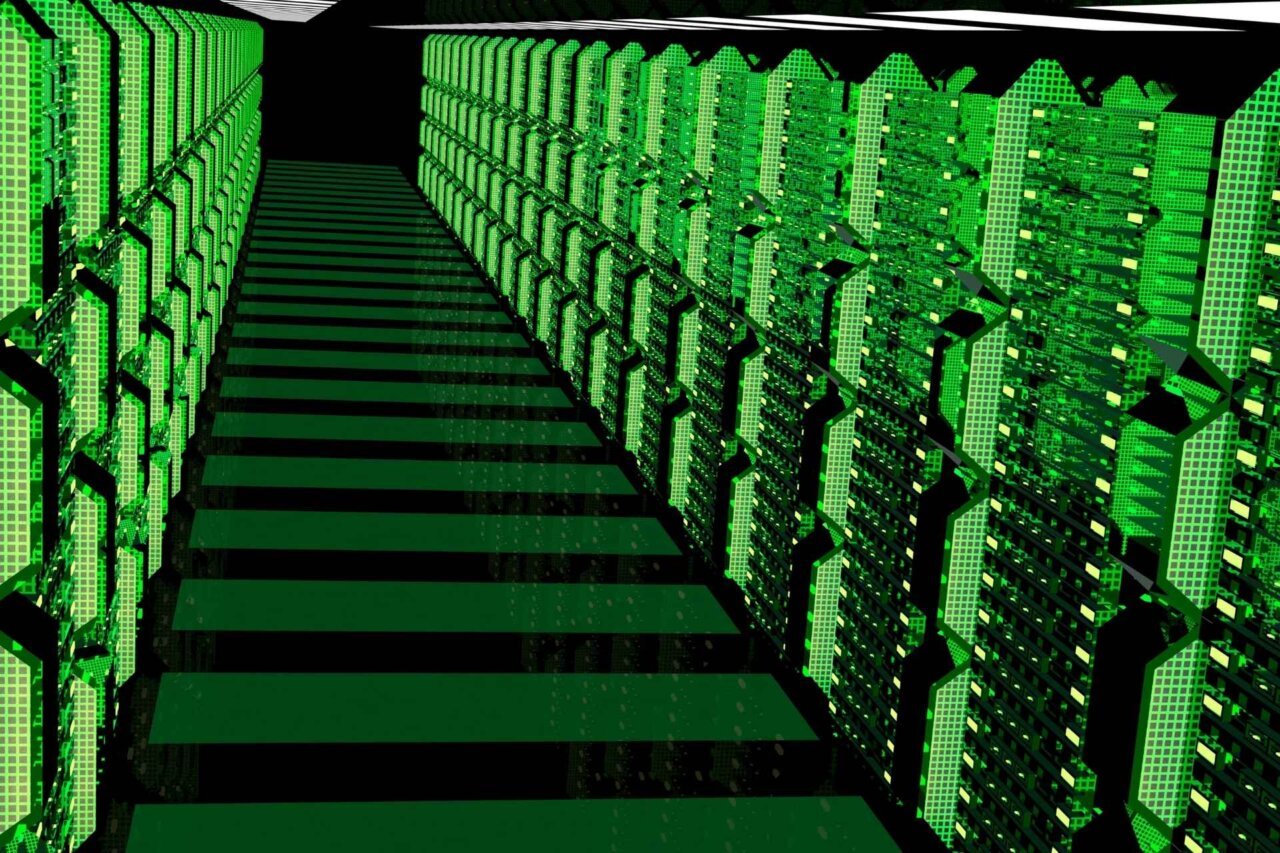As the world continues to digitize, the demand for data centers has skyrocketed. These facilities, essential for storing and processing data, are increasingly under scrutiny due to their energy consumption and environmental impact. In response, businesses are turning to green data centers, a sustainable alternative that minimizes carbon emissions and promotes energy efficiency.
A green data center is designed to reduce its environmental footprint through various strategies. These include using renewable energy sources, implementing energy-efficient cooling systems, and optimizing infrastructure to minimize waste. By adopting these practices, businesses can contribute to a cleaner planet while also reaping economic benefits.
The Benefits of Green Data Centers
- Reduced Energy Consumption: Green data centers often employ technologies like virtualization and cloud computing to optimize hardware usage. This can significantly reduce energy consumption and lower operational costs.
- Lower Carbon Emissions: By relying on renewable energy sources, green data centers can significantly reduce their carbon footprint and contribute to mitigating climate change.
- Improved Brand Reputation: Consumers and investors are increasingly concerned about environmental sustainability. Businesses with green data centers can enhance their brand image and attract customers who value ethical practices.
- Enhanced Operational Efficiency: Green data centers are often designed with energy efficiency in mind, leading to improved operational performance and reduced downtime.
Challenges and Considerations
While the benefits of green data centers are clear, there are also challenges to overcome. The initial investment in green technologies can be significant, and there may be technical hurdles to implement sustainable practices. Additionally, finding qualified professionals with expertise in green data center design and management can be difficult.
Strategies for Building a Green Data Center
- Strategic Site Selection: Choosing a location with favorable environmental conditions, such as access to renewable energy sources and adequate water supply, can significantly reduce the environmental impact of a data center.
- Sustainable Design and Construction: Incorporating sustainable materials, energy-efficient building practices, and optimized layouts can minimize the carbon footprint of a data center from the outset.
- Energy Efficiency: Implementing technologies like virtualization, cloud computing, and advanced cooling systems can optimize energy usage and reduce operational costs.
- Renewable Energy Integration: Utilizing renewable energy sources, such as solar and wind power, can significantly reduce a data center’s carbon emissions.
- Water Conservation: Implementing water-saving measures, such as using recycled water for cooling systems, can help conserve a valuable resource.
The Future of Green Data Centers
As the demand for data continues to grow, so too will the importance of green data centers. By adopting sustainable practices, businesses can not only reduce their environmental impact but also improve their operational efficiency and enhance their brand reputation. As technology advances and the cost of renewable energy continues to decline, green data centers are poised to become the standard for the future.

